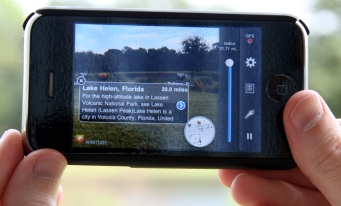Over the last few days, I have worked to compile and develop more of my anticipatory set and i+1 zone activities. I added a “Let’s Get Started!” page to the website in which I will get students interested by asking them what they first think of when they hear “Australia”, and then giving them a few ideas/pictures to go along with that. Here is the link to the website so that you can see that:
https://sites.google.com/site/australiapicturebook/home
So far that is the only other thing that I’ve added to the website, but I have lots of other ideas flowing! For the rest of the anticipatory set, I will provide students with pictures of different things from Australia (things that maybe they haven’t seen or wouldn’t have thought of) and ask them to choose one and write a paragraph as if they took that picture and are now explaining what it was about. Then I will provide students with a few different websites to explore more about Australia. Some of these websites will have games. So far I’ve found these cool websites, but I may change them or add more:
http://alldownunder.com/australia/know.html
http://kids.nationalgeographic.com/kids/places/find/australia/
http://www.learninggamesforkids.com/geography_games/australia.html
For the i+1 zone, I am going to give kids a geographical understandings chart, with boxes labeled climate, location, natural resources, where people live, and trade. I will give students all kinds of different resources to fill in this chart. (This will include websites, books, videos, and I will probably make a powerpoint). They will be able to choose which resources they want to use, and have the freedom to work at their own pace.
One of our other big activities for this section will be a role-playing activity. Half of the class will look into and research the Aboriginal Australians, including their origins and culture. The other half of the class will research European colonization of Australia. Then, the two groups will put on a role-playing skit in which the Europeans come into Australia. The skit will need to explain the culture of the Aborigines beforehand, what the Europeans did, and how that impacted the Aborigines (especially in terms of weapons and diseases). I think this will be really fun and engaging for students, and hopefully make the information stick with them better.
I am still deciding what to do for the technology activity. I really want to do a scavenger hunt or something where the students get to move around, but I am still trying to figure out how we would do that in relation to this project.
Overall, I feel like I have some good ideas flowing and have been able to find good resources. It is certainly challenging, though, to figure out how to make it all work together in a way that will actually be possible and meaningful for 6th grade students. Hopefully it will all come together in a way that makes sense!







